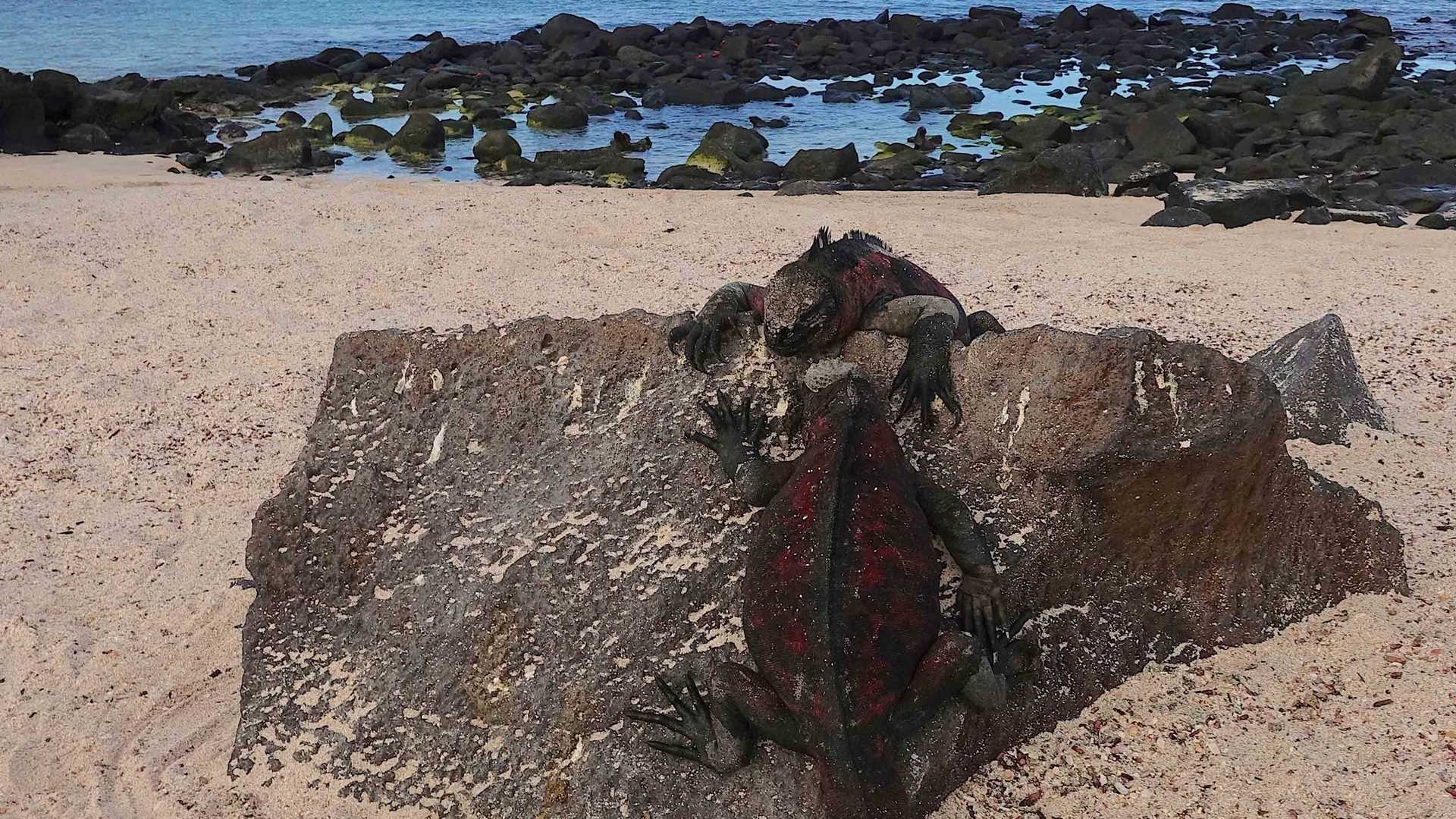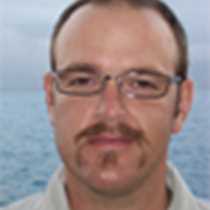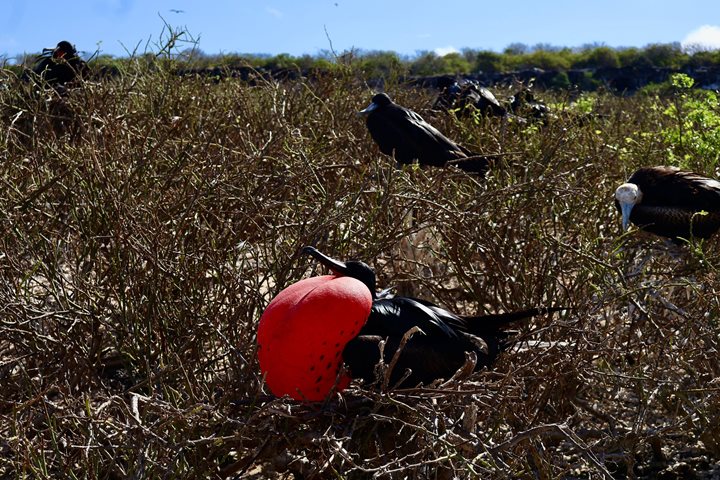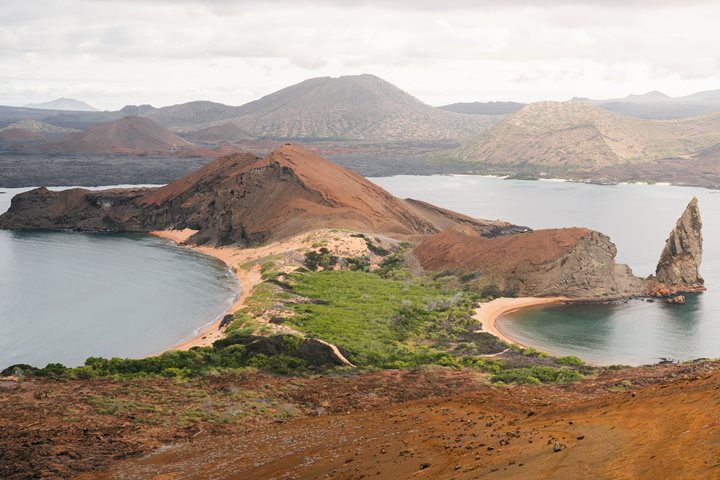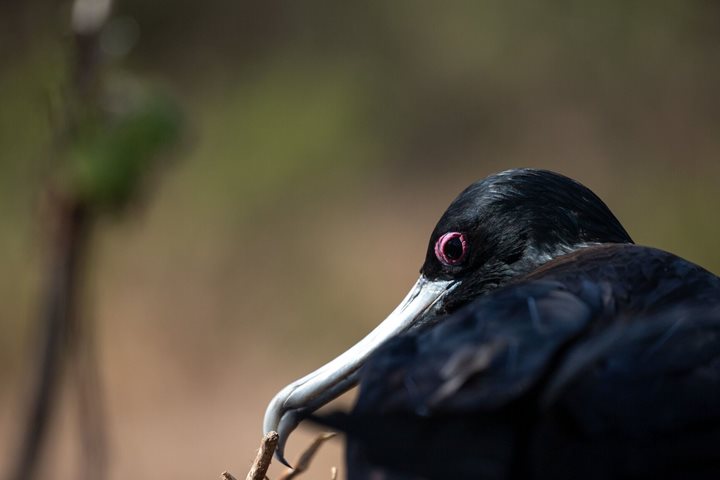Our first complete day of exploration leaves us with a sense of awe at Española Island. One of our older islands, it appears to be arid and devoid of life at a distance, however, this is far from the truth. The surrounding ocean is highly productive this time of year, allowing for an abundance of life on the island. Galapagos sea lions swim among us as we snorkel along the coast in the morning. On the fine white sand Gardner Bay beach, we have young Galapagos hawks soaring overhead with Española mockingbird’s fliting between us. We leave the turquoise waters behind as we navigate into the afternoon and Punta Suarez. A late afternoon walk allows us to encounter Nazca boobies, red-billed tropicbirds, marine iguanas, sea lions, blue-footed boobies, and the majestic waved albatross. The late glow of the sunset falls upon an albatross feeding its young, with the avian species returning to their nesting areas, a wonderful end to this day.
6/13/2025
Read
National Geographic Endeavour II
Genovesa Island
We started the day with excitement as we landed on the beautiful, pristine coast of Isla Genovesa - a true birder’s dream. Along the sandy beaches and steep cliffs of Darwin Bay, we were surrounded by an incredible array of birdlife. Frigatebirds soared closely overhead with their red pouches on full display, while Nazca and blue-footed boobies nested along the rocky ledges. Swallow-tailed gulls called out as we walked past. In the distance, we saw the stoic and elusive short-eared owl. The island was alive with color, sound, and constant movement. Between our excursions to Isla Genovesa, we snorkeled near Prince Philip’s Steps and discovered a vibrant world beneath the waves. Schools of fish swirled around us, a fur seal turned in the water as if dancing on cue, and sea lions relaxed nearby. As our last snorkeling adventure came to a close, we spotted a sea turtle resting calmly in a crevice. As the sun retreated into the sky on our last return to National Geographic Endeavor II, we reflected on the sheer magnitude of what we witnessed on our last full day. Isla Genovesa, like the other islands, gave us a connection to a sacred world. The harmony between land, sea, and sky reminded us how deeply interconnected, vital, and fragile these ecosystems are. Watching birds tend to their nests and marine life swim effortlessly, we were struck by how little space there is between wonder and reverence. We recognized that our journey wasn’t just about observing unique wildlife, it was about feeling part of something grander and beautifully ancient.

